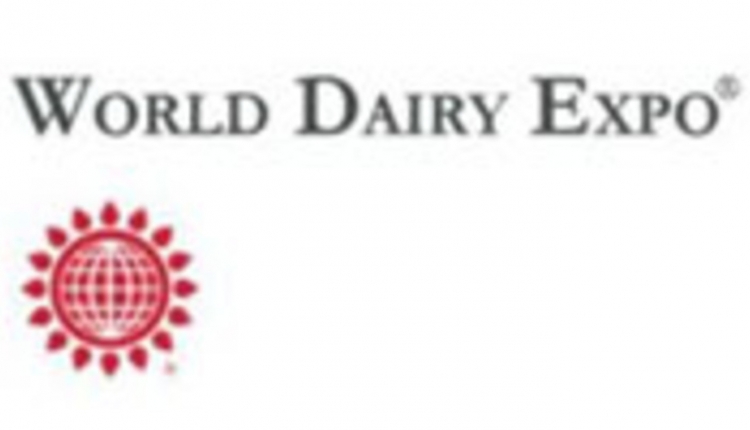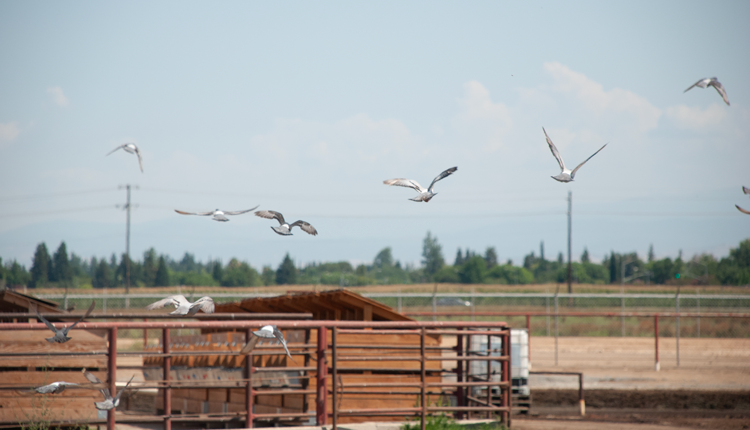
“We want to minimize our loss, not necessarily by minimizing cost.”
That’s the cautionary advice from Cornell University Extension Associate Jason Karszes in response to the COVID-19 situation that has been rapidly changing. Dairy producers must evaluate their options thoroughly and should not be making management decisions in haste.
Karszes’ words come in the face of dairy farmers across the country being encouraged, asked, or required to reduce their milk production. Many potential options exist for doing so but choosing the right one requires some “pencil sharpening.” To help producers think through this unique challenge, Karszes and the University of Illinois’ Michael Hutjens joined the April 29 broadcast of Hoard’s Dairyman DairyLivestream.
DairyLivestream is a special series of web meetings featuring expert perspective from some of our nation’s leading dairy professionals. In addition to this week’s guests, Cornell University economist Chris Wolf and University of Wisconsin-Madison Director of Dairy Policy Analysis Mark Stephenson discussed what reducing production could mean for a dairy farm’s business structure.
A recording of the entire broadcast can be viewed here. This week’s event was sponsored by Lallemand Animal Nutrition.
Keep, sell, change ration
Many immediate thoughts to alter milk production turned to drying cows off earlier than usual, culling more heavily, or adjusting the ration. Hutjens outlined best practices for those strategies as well as a few others. In any case, consider the “timeliness” of the plan and “target” its impact, he advised.
“How long will a plan need to be effective?” Hutjens asked. “This will affect the decision made.” Then there’s the targeting. “Calculate how many pounds you need to reduce and how many cows will account for this.”
Here are some potential options
- Dry-off early — Extending the dry period to 80 or 100 days if cows are already low in milk will immediately drop production. He advised not to add these farther-off cows to current dry cow groups; instead, put them in a different pen or pasture. Here, they can receive a separate, cheaper ration.
- Culling — Remember to consider how you will replace these animals when the market returns. Do you have enough heifers, or will you need to purchase some?
- Adjusting the ration — Creating a low-group total mixed ration (TMR) that is less nutrient-dense for the bottom half or third of the herd can reduce production in those cows by 6 to 8 pounds each day. However, this is not the time to pull feed additives out of the ration or alter fresh cow protocols.
- Reduce from 3x milking to 2x — This change can also result in a 6- to 8-pound drop in daily production, although it may be tougher to implement from a labor perspective. Again, this is not a strategy to consider for fresh cows.
- Feeding waste milk — If fed to calves, milk should be pasteurized. For a TMR, Hutjens advised adding about 16 pounds in order to keep moisture under 60%. Those nutrients would be valued near $8 per cwt.
“Do no harm” should be the mindset when making management decisions, he stressed. Fresh cows are particularly vulnerable — production drops initiated in cows 60 to 80 days in milk won’t be recovered until the next lactation.
Weighing the timeliness
Which plan is the right one to follow? Right now, there is no single best option, Karszes explained. Rather, a producer must take the time to evaluate each possibility by comparing the numbers and performing various sensitivity analyses.
Use your sounding boards to decide what is feasible, he said. These include accountants and lenders, consultants, veterinarians, and more. Accrual-based financial statements should come into play in those conversations.
Another factor in making these cuts will be the length of this downturn. Wolf explained that what is a fixed cost and what is a variable cost, and therefore what we aim to cover in the short term versus the long term, may change based on when the markets are expected to return. Everyone has the same questions about when life will return to normal. For now, understanding your options and remaining flexible will be the most effective strategy.
To watch the full broadcast and hear the panelists respond to 30 minutes of audience questions on market consolidation, the beef supply chain, and dairy coverage programs, visit the archive of the presentation.
An ongoing series of events
DairyLivestream will continue to dissect various aspects of the dairy markets over the coming weeks. Join us each Wednesday at 11 a.m. (CDT) to hear from dairy leaders and experts. Registering for one event will register you for every week.











